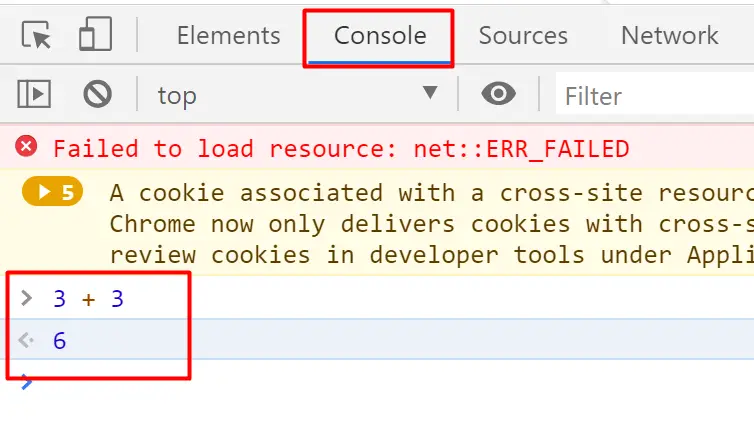
Public void GenrateTreeUI(BinNode t, bool right, int Level)Ĭir = Instantiate(CirclePrefab, new Vector2(0, 0), Quaternion.identity) Ĭir.transform.SetParent(ansform) I spend a lot of time in devising and implementing the automatisms.I need to introduce new parameters governing the automatisms that are even harder to grasp for the average user.About one in thousand users will run into a horrible problem with the automatisms that is much more difficult to solve than the above.About fifty a thousand users (including the above) miss an opportunity to learn rudimentary knowledge about how integrators work and reading documentations.About twenty in a thousand users will not run into problems like yours.You might ask yourself: Can these parameters not be chosen more dynamically? As a developer and maintainer of an integration module, I would roughly expect that introducing such automatisms has the following consequences: You can usually tweak these parameters, but if you don’t, there need to be some default values and these default values are chosen with the above setup in mind. The step-size adaption in turn is governed by a lot of parameters like absolute tolerance, relative tolerance, minimum time step, etc. The reason for the above behaviour of integrators is that they use step-size adaption, i.e., the integration step is adjusted to keep the estimated error at a defined level. This typically fails for astronomical simulations where the orders of magnitude vary and values as well as time scales are often large in typical units. the smallest time scale of your dynamics also has the order of magnitude 1.your dynamical variables have the same order of magnitude.
Anylogic java script how to#
Instructions on how to make custom resource units can be found here.Most, if not all integration modules work best out of the box if:

It will work with this model but will likely be inadequate should you need to change the model in the future.Ī good approach would be to create resource unit type and specify the delay time as unit property. otherwise if rpB was used then the value returned will be null.if rpA was used then the value returned will be not null,.That method "returns the first occurrence of resource unit of a given pool among the seized resource units, or null if not found.", meaning that: This means that first agent.resourceUnitOfPool(rpA) is evaluated. The above statement uses a ternary expression in Java. Knowing that, here is one way to do get delay time based on which resource pool was used: double delayTime = (agent.resourceUnitOfPool(rpA) != null)? 10.0 : 20:0

The thing going through the Delay, the ResourceUnit, the Delay and ResourcePool themselves are all instances of Agent.
Anylogic java script code#
My java skills are really basic so I am not really understading how to write the code I need in this question OtherQuestion to solve my problem.īefore providing an answer, here is an important piece of background knowledge: everything in AnyLogic is an Agent.

I tried to follow the example shown in this post OtherQuestionīut I am constantly receiving errors when compiling the model (e.g., "The method myPool() is undefined for the type Main" in the rpA and rpB, and "The method myPool() is undefined for the type Main" in the seize. I attach a shot example to show my problem. What I would like to knwo, is if I can get, through an AnyLogic function, the ResourcePool currently used by the seize block.The reason why I am needing this information is because then, by using a funcition, I will assign different delays based on the resourcePool seized (e.g., 10 minutes is is rpA, 15 minutes if it is rpB). In this process, I have different resourcePools, one for each employee available in the process. I am modeling a service process in AnyLogic thorugh hybrid simulation (DES + Agent based).


 0 kommentar(er)
0 kommentar(er)
